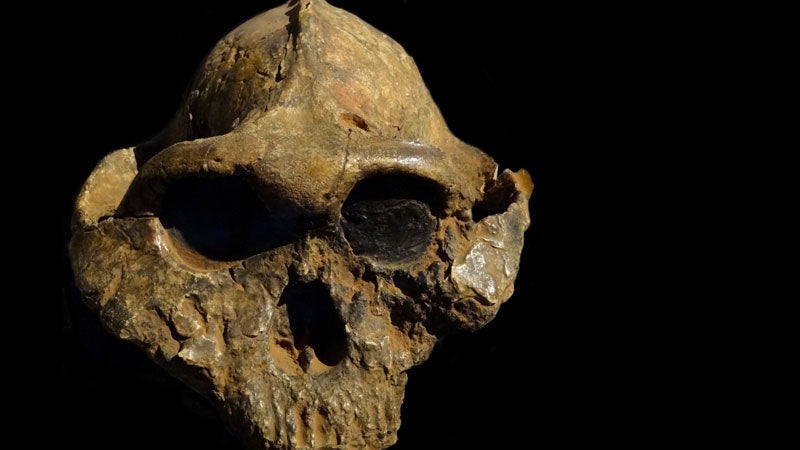published last Wednesday concluded that Paranthropus boisei, an early hominin living alongside the direct ancestors of modern humans, survived on a diet previously thought to be inconceivable.
For 50 years, anthropologists debated how this extinct, strong-jawed relative of humans, called “Nutcracker Man,” found enough nutrients to support its large brain as it roamed East Africa between 2.4 million and 1.4 million years ago. Fresh analysis indicates that tiger nuts (edible grass bulbs high in minerals, vitamins, and fatty acids) constituted 80 percent of its diet. A side-order of worms and grasshoppers likely composed the remainder.
The study’s author, Gabriele Macho, studied modern-day baboons in Kenya to draw her conclusions because baboons share many similarities with Nutcracker Man. Both baboons and the ancient human relative share similar environments and have similar wear on their teeth
“I believe that the theory—that ‘Nutcracker Man’ lived on large amounts of tiger nuts—helps settle the debate about what our early human ancestors ate,” . “This is why these hominins were able to survive for around one million years because they could successfully forage—even through periods of climatic change.”
Macho estimated that Nutcracker Man took nearly three hours to consume 2,000 calories. In contrast, Molly Schuyler ate 72 ounces of steak in less than three minutes on Friday. Look how far we’ve evolved:


